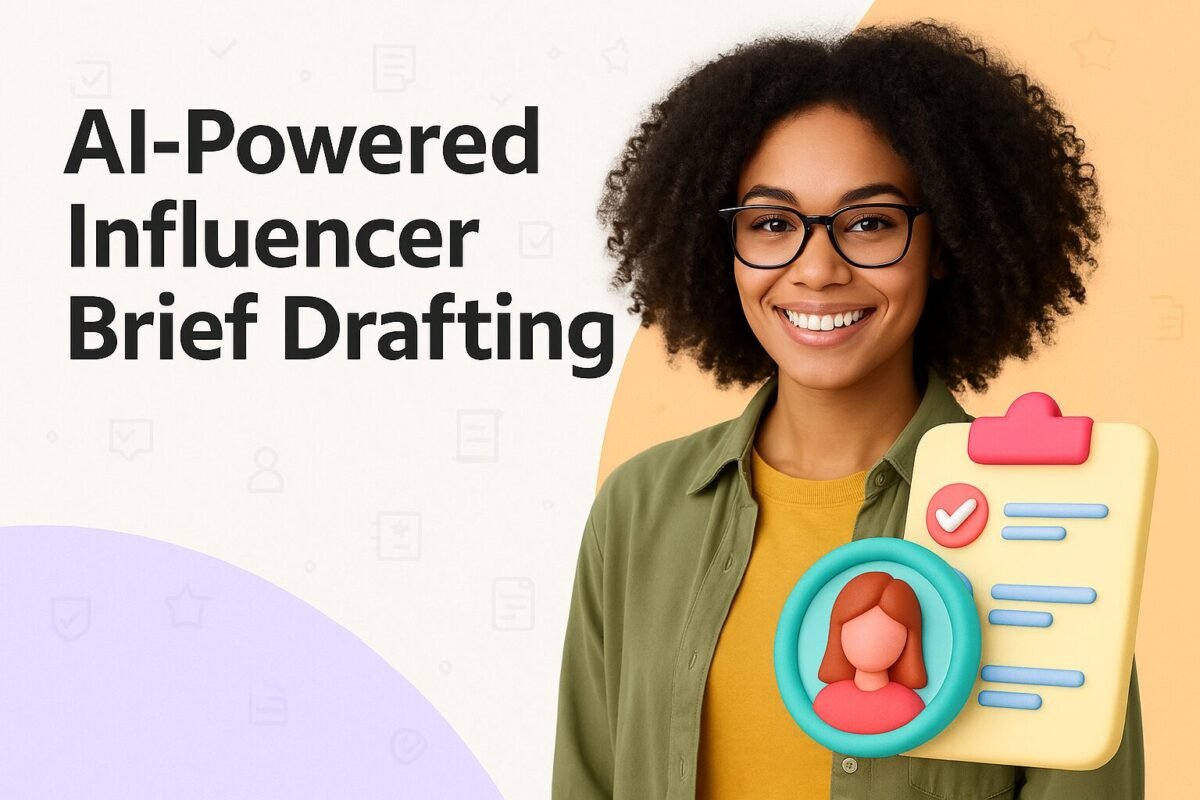Navigating the Influencer Marketing Briefing Maze: Bridging the Gap Between Creators and Brands
The Brief Bottleneck: Why Creators and Brands are Speaking Different Languages
In the vibrant world of influencer marketing, a stark disparity is emerging—a communication rift that leaves both creators and brands fumbling in the dark. Despite a shared goal of creating captivating content, many full-time creators find themselves pleading for a straightforward list of "Dos and Don’ts," while brands drown in a sea of revisions and legal jargon. The problem isn’t effort; it’s structural.
Influencers vs. Brands: A Disconnect
Influencers crave clarity and conciseness, yearning for briefings that prioritize payment, logistics, and clear visual parameters. Meanwhile, marketing teams are feeling the pressure to meet these needs but are often bogged down in ad-hoc solutions. As this gap widens, content creation’s fast-paced world clashes with the painstaking processes behind brand briefs, resulting in missed opportunities and miscommunication.
A Quantified Perspective on the Briefing Bottleneck
What does this communication breakdown mean in measurable terms?
-
Increased Production Latency: When draft content cycles through endless feedback loops, the average time to publish can extend by several days. For mid-tier campaigns, this delay can erase the apparent savings that comes with using automation tools.
-
Creator Goodwill Depreciation: Each additional edit request chips away at a creator’s satisfaction. Creators who feel bogged down by cumbersome briefs may hesitate to work with the brand again.
- Regulatory Risk Exposure: Legal disputes often arise from ambiguous or poorly crafted usage clauses, underscoring the importance of clear and concise communication.
What Influencers Actually Want from Briefs
While brands often focus on technical details, creators have four primary requests that can bridge this gap:
-
Concrete Do/Don’t Lists: Rather than lengthy guidelines, creators thrive on concise lists that clarify what they should and shouldn’t do, helping reduce cognitive load.
-
Clickable Examples: Embedding links to exemplar content provides a quicker understanding of tone, pacing, and framing, facilitating more effective creation.
-
Brand Backstory Cheat-Sheet: Creators require a deep understanding of the brand’s mission and products to help adapt messaging and narratives effectively.
- Upfront Logistical Clarity: Clear communication about payment terms and revisions should be a priority. When these are presented up front, creators feel more engaged and respected.
Structuring the Brief: Lessons from Creator Wish Lists
To design a more effective brief, marketers can use a structured database approach. Here are a few key elements to include:
- Guardrails: Create a "DoList" and "DontList" (bullet points that restrict and guide content creation).
- Reference Links: Aggregate clickable URLs for quick access to examples.
- Brand Story: Include rich-text blocks summarizing key elements of the brand.
- Logistics: Highlight the primary payment terms and delivery specifications.
The Role of AI: Closing the Briefing Gap
Incorporating AI tools like GPT into the briefing creation process can drastically reduce the time it takes to draft and refine influencer briefs. By aligning the creator’s needs with structured prompts, marketers can streamline workflows significantly.
Implementation Steps:
-
Build a Briefing Database: Create a centralized hub in Notion where all briefing materials can reside, making it easy to track and adjust as necessary.
-
Use AI for Prompting: Develop a master prompt that highlights key fields, making it easy to pull from the database when drafting briefs.
-
Automation Monitoring: Use tools like Zapier to automate the monitoring of new updates in the briefing database, ensuring that once data is inputted, it flows into the AI drafting system seamlessly.
-
Legal Review Logic: Automatically flag briefs that require legal review, ensuring compliance before any contracts are finalized.
- Share & Update: Once approved, distribute the brief to creators, keeping them in the loop for ongoing feedback and performance tracking.
Safeguards in Automated Briefs
While leveraging automation improves speed, implementing safeguards is crucial to maintain quality and compliance. Consider these best practices:
-
Bullet Throttling: Cap the number of entries in Do/Don’t lists and deliverables to improve readability and focus.
-
Tone Verification: Ensure that automated briefs don’t become robotic by incorporating tone checks from a designated editor who can assess the language’s relatability and professionalism.
- Locked Fields: Protect sensitive details from AI overwrites to maintain accuracy around compensation or usage rights.
Transforming the Future of Briefs
By strategically combining structured approaches with modern AI tools, a frictionless influencer briefing process can emerge. Marketers don’t just gain efficiency—they foster an environment where creators feel empowered and equipped to produce genuinely authentic content that resonates.
By understanding and actively addressing the different needs of creators and marketers, brands can adapt to a rapidly evolving digital landscape, elevating their influencer marketing strategies to new heights.
This article unpacks a complex issue, encouraging a more agile, thoughtful approach to influencer marketing. By embedding AI within structured frameworks, brands and creators can work cohesively, ultimately benefiting from more streamlined communication and enhanced engagement.





